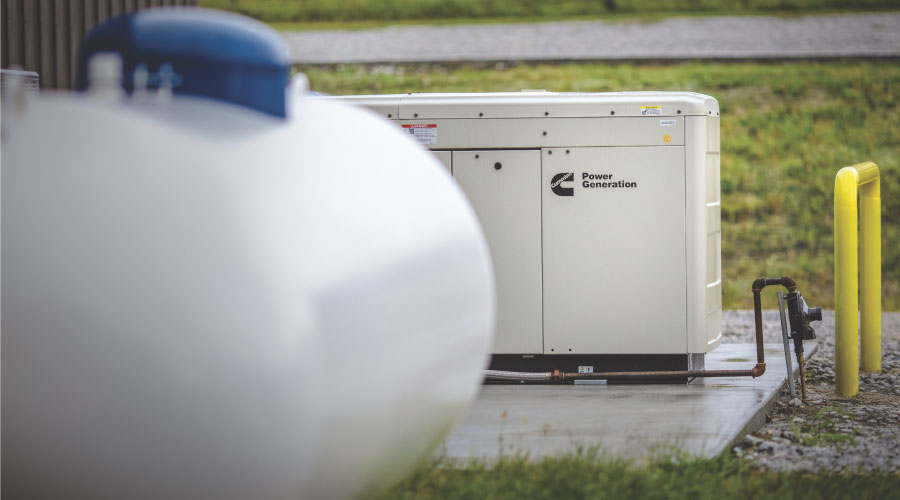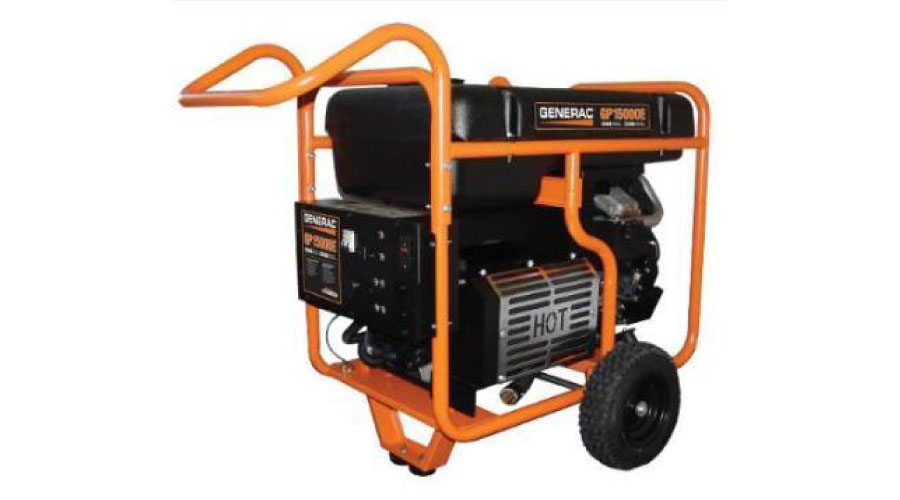
Making the Case for Propane in Critical Facilities
Propane-powered generators provide reliable, affordable energy with low emissions. September 26, 2023
By Jim Bunsey, Contributing Writer
The past few years have presented challenges for building owners and facility managers when it comes to reliable power — especially in critical facilities like hospitals, nursing homes, life care facilities, prisons, and emergency response buildings.
Powering critical systems and standby generators with propane can help maximize efficiency and reduce a building’s carbon footprint. Propane generators are ideal for providing supplemental power for a building’s electrical loads when power from the electric grid is interrupted. When it comes to reliable and affordable power, here are a few reasons why building owners and managers should consider propane as part of their clean energy mix.
Reliability
Large, sustained power outages continue to occur according to the U.S. Department of Energy (DOE). In 2021 alone, more than 8.6 million people experienced a power interruption.
Facility managers need to be confident that they have a good source of backup power to keep operations running during these ever-increasing power outages. When it comes to standby generators, there are two energy sources most facility managers are aware of — diesel or propane. Both diesel and propane are stored on-site to power a generator when it’s needed. However, propane doesn’t degrade over time like diesel, so a propane generator is always ready to start, which creates a more reliable backup power solution.
Improving air quality
A study done by the Propane Education & Research Council, Power Generation: The Emissions Shifting Problem, examines recent power generation trends.
In response to an increase in power outages, there’s been a spike in generator sales and use, especially in storm impacted coastal areas, inland tornado alleys, and California. This spike in both sales and use is primarily of diesel-powered power generation solutions, which is creating an emissions problem and degradation of local air quality.
According to PERC’s data, compared to diesel, propane significantly improves local air quality by mitigating nitrogen oxides and particulate matter, both of which are known health hazards. Propane systems also emit significantly less nitrogen oxide (NOx) and criteria pollutants than diesel-powered generators.
Renewable option
Propane power generation solutions are already creating opportunities for facilities to reduce emissions compared with diesel, but as renewable propane becomes available, propane solutions will become even cleaner.
As states and municipalities adopt more stringent emissions standards, the value of clean propane will become more important than ever. In places like California, the propane industry has pledged to be 100 percent renewable sourcing by 2030. In PERC’s analysis, it found that renewable propane can lead to at least a 50 to 70 percent reduction in lifecycle carbon dioxide (CO2) emissions compared to conventional diesel and can accelerate deep decarbonization. It also found that blends of conventional and renewable propane is an additional practical solution for accelerating decarbonization.
Renewable propane’s chemical structure and physical properties are the same as conventional propane, which means it can be used for all the same applications without any modifications to engines or equipment.
When it comes to reliable, efficient, and sustainable energy for backup power, building owners and managers can count on propane to help critical facilities offer nonstop operations. To see more of PERC’s research supporting the benefits of using propane-powered generators, visit Propane.com/Research.
Jim Bunsey is the director of commercial business development at the Propane Education & Research Council. He can be reached at jim.bunsey@propane.com.
Next
Read next on FacilitiesNet












